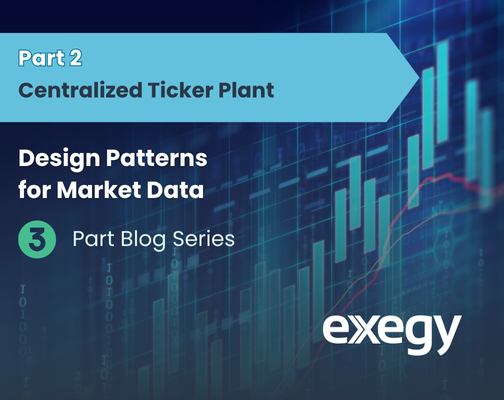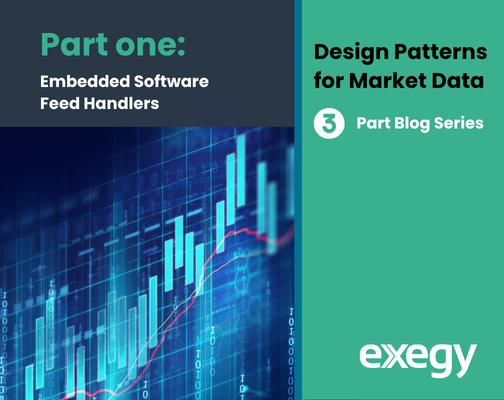Professional Trading Tools Ideal for Crypto Derivatives
As professional derivatives traders expand their digital asset trading to crypto-native exchanges, they bring rigorous expectations about the functionality of their trading tools. These groups employ complex strategies that benefit from the advanced tools offered by professional-grade trading platforms.
Exegy’s recent addition of Deribit, the world’s largest crypto options exchange, to its covered markets for the Metro trading interface is a case in point. Deribit has a base of professional traders; an estimated 90 percent of the exchange’s clients are institutional customers. These users are accustomed to performing advanced options pricing, volatility management and execution strategies in trad-fi markets so expanding to digital assets will come with a need for the same functionality.
What do institutional traders need to conquer crypto markets?
A complete view of crypto derivatives pricing and risk
The complex nature of the crypto market and its derivative products present significant challenges to firms. Professional traders in the trad-fi space have long relied on advanced trading tools to handle these challenges – tools that can translate smoothly to the digital assets space:
— Dynamic volatility surface modeling allows users to gain a view of market data relating to the changing volatility of options and quickly trade in response.
— Metro’s option Greeks make the necessary modifications from standard Black-Scholes calculations for inverse options to hedge correctly for crypto. Metro converts inverse perpetual and future positions so they can be combined with option positions for an accurate risk view with different underlying scenarios.
Risk analysis tools aggregate “like” products across exchanges, allowing users to gain a comprehensive view of risk. Metro, for example, can aggregate block trades conducted through the Paradigm liquidity network and trades on the Deribit GUI with trades done on Metro for a holistic view.
A compass to help navigate fragmented liquidity
One of the features of the crypto market is its fragmented nature – liquidity is spread among a number of crypto-native exchanges, as well as the CME. This provides ample opportunities for arbitrage – if firms can see the bigger picture.
For example, Metro’s Tradesheet functionality facilitates trading in fragmented and call-around markets, allowing users to create, organize and execute complex options strategies – including covered calls and puts – quickly and easily.
An intuitive, customizable interface
As traders pursue differentiated strategies, they need to be able to view the market from a customized perspective. Professional trading tools allow for market data to be presented relative to model assumptions. Being able to quickly evaluate trades and changes in the bid/offer occurring in the market through audio and visual cues are a critical component in successfully navigating dynamic markets like Deribit.
In addition to recently adding Deribit, Metro has crypto derivatives trading capability with CME and Ledger X. As your firm considers the crypto landscape, look for institutional-grade tools tailored for complex trading and risk management. For more than a decade, Metro has provided professional traders with an advanced tool set that now can be brought to bear on the growing crypto derivatives market.
When you’re ready to make the crypto-native move, talk to an Exegy expert.




